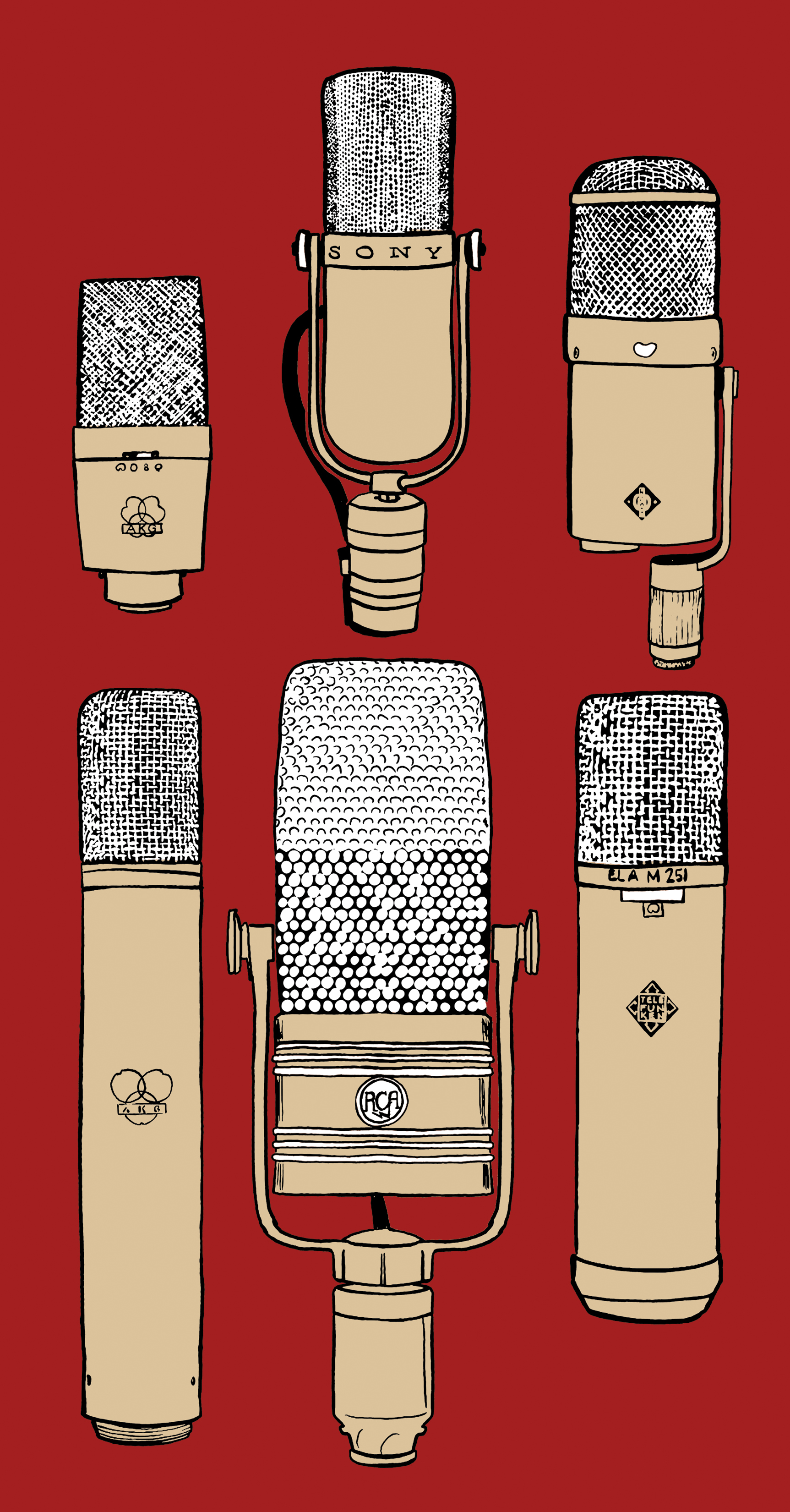Plug-in reverbs sure are handy at times, but most mix engineers will admit that the majority of these plug-ins are more convenient than actually good-sounding. I find myself using certain plug-in reverbs as quick placeholder effects until a later time when I have access to a real plate, spring, or some other more sonically-dependable type of reverb. "The usual" reverb plug-ins have always sounded to me as if their puff and bloom are audible, but that details of their tail somehow go missing when placed into the context of a mix. It's a weird thing – the ambience of a track sort of collapses and can result in a cheap sounding mix. For some reason, a real (i.e., non-plug-in) reverb tends to sound more forward yet assimilated in a mix. Check out The Who's Who's Next album, for example... That is a wet record, yet the plate reverbs gracefully envelope the vocals, drums, guitars, and more, creating an unmistakably beautiful, pillowy, sonic aura – and it all happens without making anything sound fake nor does it take any power away from that recording's considerable rock swagger.
I was excited when I heard that Brian Charles was developing a reverb plug-in. I've known Brian for decades and happen to be aware first hand that he's got unbelievably astute ears – he would only approach a plug-in challenge such as this if he could do it with no sonic compromise. I recall discussing with him several years ago how so many reverb plug-ins sound "decent" when heard alone but tend to disappear in the context of a mix.
Brian and the Rare Signals crew had the unusual luxury of enjoying unfettered, nearly unlimited access to two pristine, classic plate reverb systems; one from the EU and the other from the US. In sampling these two systems – the one dubbed "EU" was an EMT 140 from Germany that had a long tenure at Bearsville Studios while the "US" plate was an early-70s' Nashville-built Audicon. Apparently no details were overlooked – both plate units were completely reconditioned, tuned, tweaked, re-tuned, and re-tweaked until an ideal reverb impulse was captured at various decay times ranging between slightly less than one second to almost six seconds.
The decay times of the Transatlantic are key: instead of sampling minimal impulse information and fading/manipulating the tail of the reverb so that the user could continuously vary the decay time, it was decided to sample 12 different analog decay times for each reverb unit while NOT manipulating the decay tail at all.In an email, Charles elaborated; "A lot of reverb plug-ins just use one long impulse, and the decay settings institute a fade algorithm to meet the desired decay. That ruins the tails. Also, the longest impulse is always the noisiest, so it would have to be de-noised to match up with the settings that are being faded in the middle of the impulse."
This natural approach results in absolutely stunning sonics. To my ears, Rare Signals' Transatlantic is the most realistic-sounding plate reverb plug-in by any manufacturer to date. It's simply a joy to add to tracks – just gorgeous. In practice, I found it tempting to add way too much to a mix (which I always consider the sign of a really great reverb)! The Transatlantic Plate's UI is simple and intuitive, with the expected parameters such as Decay time, Pre-Delay, Low and High cut filters, as well as a switch for EU and US plate settings. There is a global output level control, which I was a bit surprised to see, but now realize can come in handy for various level-matching chores. My only minor nitpick is that, oddly, the Dry/Wet mix control defaults to a 50% wet setting when the plug-in is first initialized, necessitating adjustment to 100% wet for use as an aux return (what I would assume is the most common use of a reverb like this). Not a big deal at all – it does not affect the sound quality and is likely something that would be addressed in a future update.
The Transatlantic's price of $149, and free trial period, make this a no-brainer for any recordist or mix engineer. The sound quality alone would make it a bargain at many times that price.




_disp_horizontal_bw.jpg)